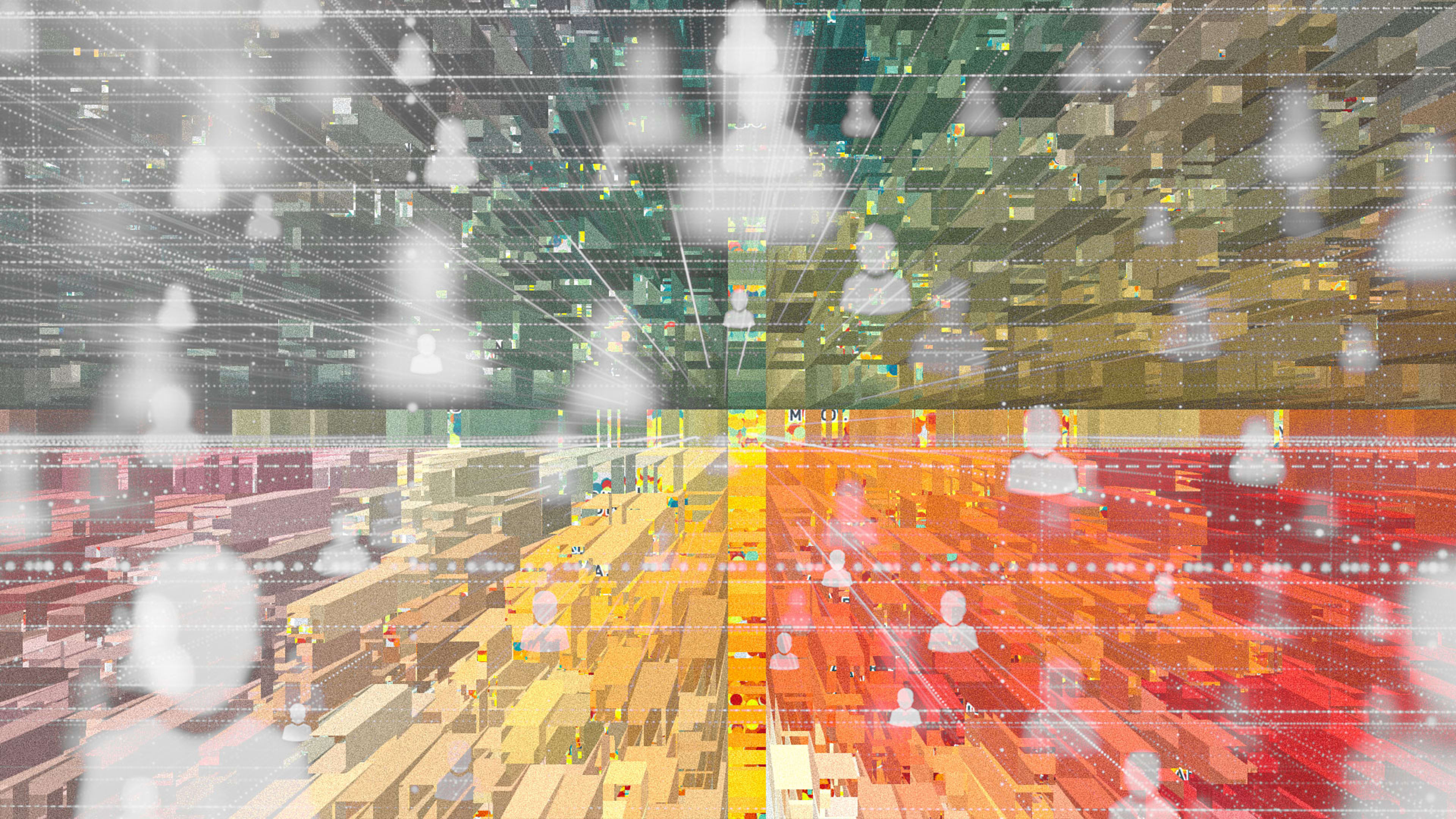Much has already been studied on social mobility, and the complex paths that children and families must navigate to achieve it in the United States. But on Monday, a sprawling data set from Facebook and venture capital firm Social Capital illuminated a new potential factor: The degree of friendship that exists between the rich and the poor in a given area.
The data, which was pulled from 21 billion friendships between 72 million users on Facebook’s social media platform, and then digested in a study published in Nature, suggests that kids who grow up in neighborhoods and schools where there is greater connectedness between high-income and low-income people have a better chance of rising out of poverty.
As for why? Lead author of the study and Harvard professor Raj Chetty told the New York Times that several forces could be at play. For one, cross-class friendships can raise ambition: Poorer students who are friends with richer students might have a greater sense of what’s possible in life. They could also glean more knowledge on opaque processes like applying to college and for financial aid, or build a higher-powered network for internships and jobs.
Unfortunately, the study also comes amid an era of rising segregation in neighborhoods across the country, due to growing economic inequality and housing squeezes, which have stunted cross-class interaction in recent decades.
To help parse their data, Facebook and Social Capital have released a web tool called the “Social Capital Atlas,” which anybody can use to look up their county, zip code, high school, or college to see how much cross-class friendship exists in their hometowns or places of education. Among the greatest: Parts of the Northeast, near New York and Massachusetts, where in some high schools, the percentage of a low-income person’s friends that were high-income people was as much as 90%.

Recognize your brand’s excellence by applying to this year’s Brands That Matter Awards before the early-rate deadline, May 3.
